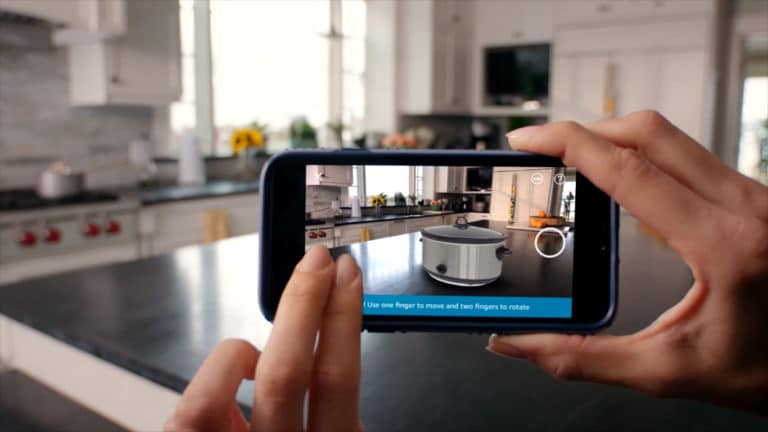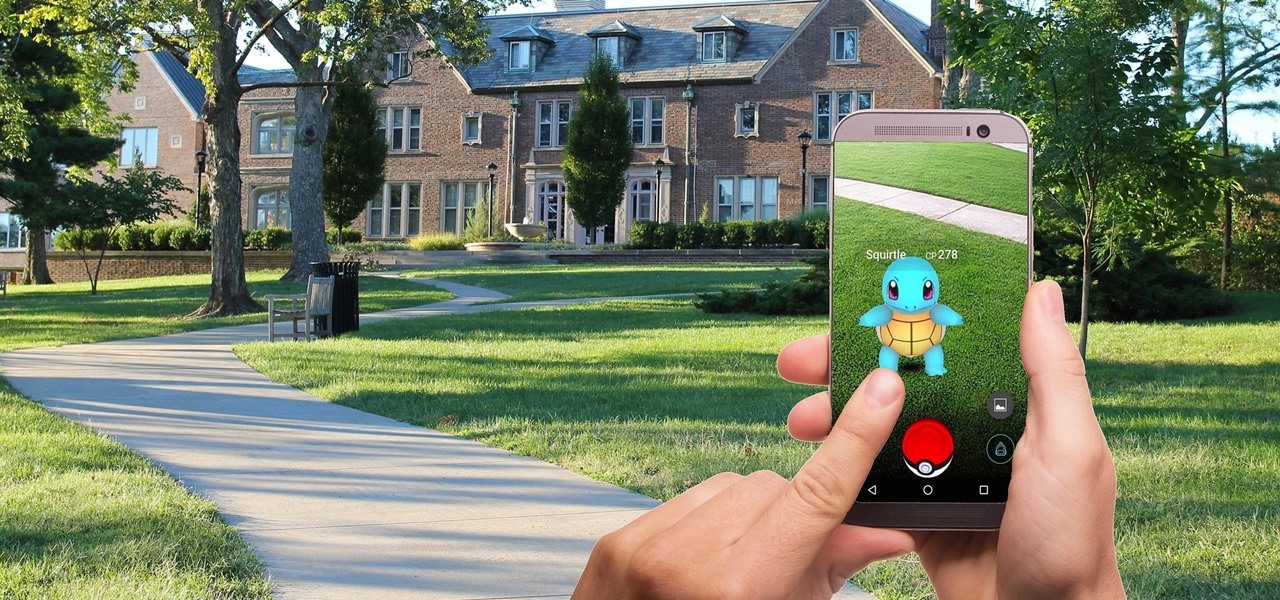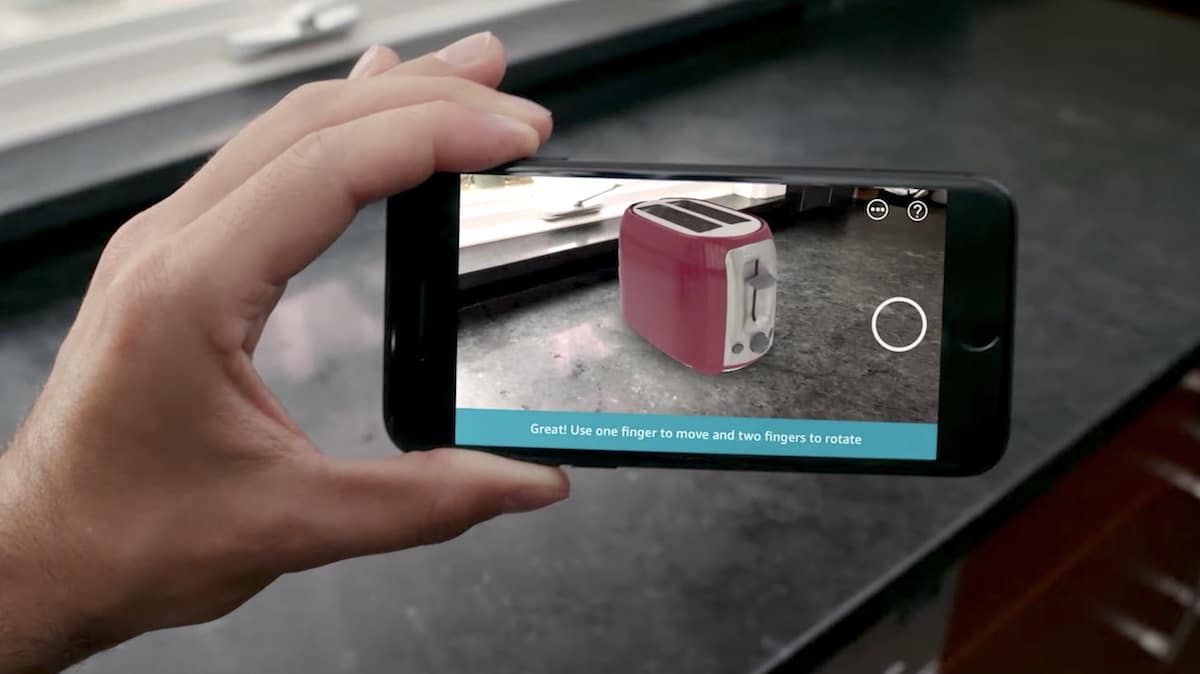
Two of the most successful consumer AR apps to date are Pokémon Go and Snapchat. Though they aren’t “TrueAR,” it doesn’t matter…they’ve done AR a favor by acclimating the world to it. We call them AR’s gateway drugs.
So they’re worth examining and extracting best practices for reaching mass engagement. In fairness, it should first be noted that factors beyond AR drove some of those success metrics, including Pokemon’s brand equity and Snapchat’s social graph. But there are still AR lessons.

AR: Where to Put It?
So what lessons can AR app developers learn from these apps and apply to their own? First it’s notable that in both cases, AR isn’t the primary app function but rather an additional feature. The takeaway: At AR’s early stages, this training wheels approach can ease consumers in.
Though we’re big on native approaches such as ‘AR-first’ and ‘AR-only,’ we’ve begun to realize that consumers first have to gain AR comfort levels. And in early days, that’s best done through AR that piggybacks on popular apps versus relying on separate/dedicated app downloads.
Beyond downloads, we learned from the ‘vanity metrics’ of the smartphone era that active use is a more meaningful metric. As we examined recently, AR can gain stickiness when combined with 1. game mechanics (like Pokemon Go); and 2. social communications (like Snapchat).
A third engagement driver is utility. Amazon’s AR View lets shoppers visualize products in-home using AR. But rather than a standalone AR app, it’s a feature in Amazon’s main app that has several launch points in the shopping flow, including home screen and product pages.

AR: What to Call It?
The other element that’s common to Snapchat and Pokémon Go is that they got nearly a billion people to use AR, without mentioning “AR.” Of course, we all use tech jargon for reference in strategic discussions or news analysis. But consumers don’t care about the alphabet soup.
“I just hate all these terms, and I can’t wait for the moment in time where we just don’t talk about this tech, we just use it.,” Super Ventures’ Ori Inbar said recently at an ARiA event. And that’s what consumers have done with Pokemon Go and Snapchat AR lenses… they just use it.
Conversely, Apple uses AR explicitly in consumer-facing marketing (very un-Apple). That hasn’t gone so well, considering disappointing AR app libraries and usage so far. That isn’t necessarily due to branding, but we could see course correction in how AR is marketed to the masses.
Google uses “immersive computing” to invoke the XR spectrum (ARCore notwithstanding). That’s not much better in terms of jargon, but at least it’s plain language. As often, the terminology that sticks is what the market will bear. People know “mouse” and “link”… not necessarily “GUI.”

Warming Up
As for whether or not Pokémon and Snapchat are “AR,” it doesn’t matter in a larger sense. Detractor’s aren’t wrong when they say these apps aren’t true AR. But they’re still valuable, as they’ve done AR a favor by validating its mass-market appeal, and warming people up to it.
“I think one of the craziest debates of the past year was whether Pokemon Go was augmented reality or not,” said Intel’s Chris Croteau at an AR in Action event last year. “The [750 million] people that downloaded that app…none of them care.”
The lesson: Take this to heart when building AR apps. It will apply in key areas like local retail. There’s a lot of potential for AR utility in that context (think: in-store navigation, product details, etc.). But think strategically about where those features go, and what they’re called.
For a deeper dive on AR & VR insights, see ARtillry’s new intelligence subscription, and sign up for the free ARtillry Weekly newsletter.
Disclosure: ARtillry has no financial stake in the companies mentioned in this post, nor received payment for its production. Disclosure and ethics policy can be seen here.
